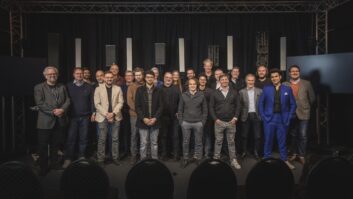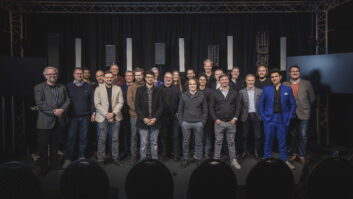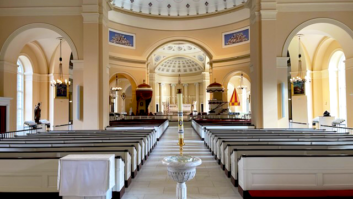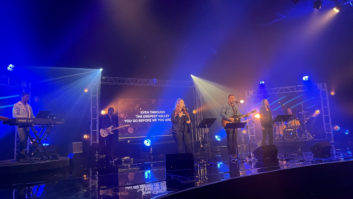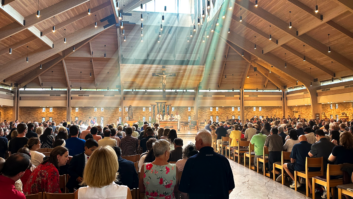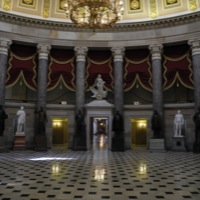
Perched atop of Capitol Hill in Washington D.C. is the meeting place for the United States Congress, the Capitol Building. The Central rotunda, which connects both houses of Congress at the landmark, was recently installed with a Renkus-Heinz Iconyx digital steerable array system. Described as the “symbolic and physical heart” of the Capitol, the rotunda is used as a backdrop for public and ceremonial events. At 96ft (29m) in diameter, and just over 1800ft (55 m) high at its peaked canopy, the space offered acoustic obstacles to Baltimore-based Design and Integrations The buidling, steeped in history, was not to be blemished be by the new install: “Requirement number one was that nothing could be mounted permanently,” says Tom Jones, engineer with Design and Integration In addition, with top-level government officials attracting attention from US television channel C-Span, the system had to offer high intelligibility with low visibility. Design and Integration’s solution was to create a portable system that could be quickly and easily moved into place, based around Renkus-Heinz Iconyx digitally steerable arrays. The system comprises four Iconyx IC16-R-II arrays, each located at 90º apart along the room’s circumference. “One of the requirements was that the speakers had to be located at the perimeter, to be out of view of audience and cameras,” continues Jones. The Iconyx cabinets are set up on tripods to allow quick positioning and movable solutions. “We’ve tuned the beams downward, at ear level with the seating, and away from the walls and dome,” says Jones. Adjacent the rotunda to the south is the National Statuary Hall, a semi-circular space that was the House of Representatives chamber until 1857. As Jones observes, the Iconyx system’s portability enables them to set it up in the Statuary Hall just as easily. “We’re using a similar configuration, but iIt’s a smaller space and a bit less reverberant, and we can cover the whole space with a pair of Iconyx cabinets. We’ve set up presets so they can easily choose the space they want.” Jones reports the system has been a tremendous improvement. “The intelligibility factor is far superior to anything they’ve used in there in the past,” he says. “And being able to cover the entire space with only four self-contained systems is a huge time-saver.”
